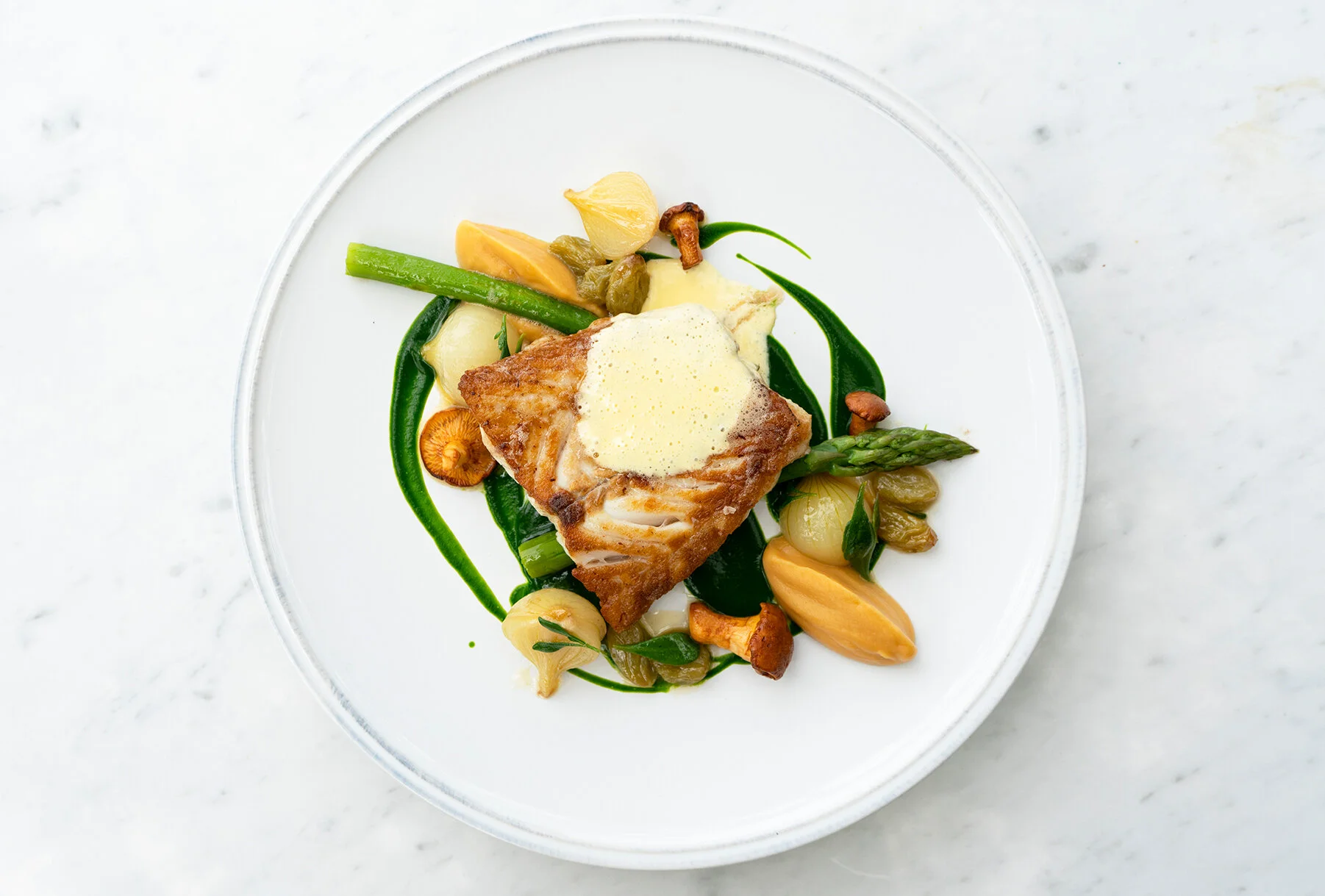
Food for Wayfarers
Buying from the pictured links helps sustain my website without costing you anything extra. Thank you!
Wayfaring Food
While Wayfaring, you have an opportunity to refresh your eating habits. The footpath is a good place to eat as healthily as you can.
With your body and mind working continuously, keeping yourself nourished is crucial to continuing your journey. Eating low-grade food is ok(-ish) while sat on a sofa, but on the path, you want the best fuel possible. Aim for organic, local and fresh wherever possible. Not only does this offer better nutrition, but eating local food provides an ethical and spiritual connection to the soil on which you walk, and supports local farmers whose land you may be walking on.
Carry Basics
Whilst Wayfaring you never know food will be available up the path. So it is usually worth carrying some basics, to ensure you have something good to eat, without being forced into expensive and low-quality options. Don’t forget, you don’t have to carry whole bags! Decant appropriate amounts into zip-locks before setting out.
As staples, I recommend Oats (for breakfast), Beans and Barley (for bigger meals, protein and carbs). This is based mainly on an old song I like to sing.
Oats are famously easy to cook. You can soak them overnight in cold water, and simply heat them in the morning, or you can heat them long and slow at point of need. They can even be eaten raw in cold water, but they are less digestible and sustaining like this.
Beans and barley need more cooking, which is why I recommend split peas - which are half as tenacious. But together, beans and barley make a wonderful basis for a one pot stew whose leftovers can feed you for lunch the next day too.
It can also be good to carry a bag of mixed seeds, to supplement every meal, or to chow as part of your trail mix snacks.
Mixed Organic Seeds - 3kg - £20
Food Storage
I like to have a dedicated dry sack for foods, so if anything bursts, the damage is limited. Often it is possible to fit foods within your cookpots while walking. You can work out what works with the kit you carry.
While the staples I recommend above are a good way to bulk buy quality nourishment, you probably won’t want to carry kilos of such fodder. So having reusable bags to decant appropriate amounts into is wise. You can get cheap supermarket ziplock bags, but in my experience these reliably fail. Heavy duty is best.
Ziplock Bags - 38 pack - £14
If you want to store other foodstuffs like leftover supper, or wet foods, you may prefer a sealable box - a tupperware of some kind. This is the sturdy but heavier and bulkier option.
2L Tupperware - 200g - £5
Spices/Herbs/Extras
It’s worth carrying some salt and pepper, and other spices of choice. I like a little cinnamon for my porridge, and some cayenne pepper for my supper. These spices are not just for flavour, but also have medicinal advantages. Cayenne heats your blood, and I find I feel warmer, and am less attractive to mosquitoes, after a dose. Garlic is a blood cleanser, and also helps prevent insect troubles.
It is also useful to carry a small pot of fat for cooking - rapeseed or vegetable oil. Olive oil great for salads, but not so healthy to use at high heats, as it can produce AGEs (advanced glycation end products).
I also recommend a dash of vinegar - balsamic is the best - to enhance most dishes cooking. And some honey is good too, which can double as part of your first aid kit (for burns and small wounds). Buy this locally from an independent beekeeper if you can.
Whatever combination of spices/herbs/oils/condiments you deecide to accompany you, these are best carried in small lightweight pots.
Nalgene pots - 8 pack - £13
Foraging
You can also forage wild food as you walk. Wild food, grown of its own volition, is many times higher in nutrition than food that has been compelled by force to grow according to human design. In flavours, vitamins and minerals, and spirit. Wild food is better food.
Robin Harford’s ‘Eat Weeds’ website is an invaluable resource to help identify wild plants on the British footpath.
The trick with foraging is to collect a gang of allies, plants that you know really well and can feel certain about. Although the UK has relatively few poisonous plants, what we do have can cause serious trouble, so don’t go chewing any old berries or green leaves.
Fungi you should take especial care with, and only forage mushrooms you are 100% certain about - your core allies. Take a course to learn more. You may also want to carry a guidebook while you walk to hone your eye. But nothing beats practical grounded experience. Find your allies.
Trail Snacks
As well as having cooking essentials in your backpack, you may want to carry some snacks to keep yourself fuelled between meals. There are many wild foods you can snack on (in season).
I also like to carry some basic snacks to keep myself going. It is usually worth buying these in bulk before setting out, as on the path they can be expensive and unavailable.
Nakd Bars - 18 pack - £9
Fruit is often the best possible trail snack, so forage what you find. Carrying apples is good, but softer fruits often do not tolerate for long the rigours of Wayfaring. The best way to carry them is inside your tummy! That said, dried fruit is a great trail snack.
Organic Dried Apple Rings - 500g - £10.75
If you are a meat-eater, a pack of dried meat is a good source of energy. I personally avoid farmed meats, and recommend instead wild meat like Venison, which has led a life of freedom.
Venison Biltong - 5 pack - £14
You can also dehydrate your own food at home, fruits, greens, meats and whole meals. The advantage of this is that it vastly reduces the weight of your food, and also preserves it for far longer without refrigeration. The best tool I know to achieve this is called an Excalibur.
Excalibur Dehydrator - £149
Shopping on the Footpath
The easiest way to keep the backpack store cupboard full on the path, is to pop into local shops you find along the way.
The UK is plagued by supermarkets, which exert excessive control over UK farming and diet. Too much of our food supply is reliant on the supermarket business model, who are essentially very fat middlemen, owned by very wealthy share-holders.
You will be helping local places you pass through if you avoid supermarkets while Wayfaring. This is often not achievable, as many small shops have already gone out of business due to the dominance of supermarkets.
But the UK has enjoyed a resurgence of Farmers’ Markets and Farm Shops over the last decade. These provide lower cost, more local and often organic foods. If you can manage it, shop at these. You can see a map of UK farm shops and farmers’ markets on the Big Barn website.
There are also small village shops that offer farmer’s market style foods, delicatessens that are almost cafes. Some of these are ancient and wonderful. You’ll recognise them by the profusion of colour and happy people coming out.
The very best places to shop (in my opinion) are those tiny little stalls that sometimes pop up in the front garden of rural villages. Unofficial, basic and beautiful, these micro-stalls offer ultra-local produce grown typically in the back garden. Eggs, fruit, vegetables and honey are the typical produce available. If you see them, buy here. And perhaps knock on the door to have a chat. You might also win a cup of tea.
Pubs, Cafes, Restaurants
There are many places to buy cooked meals in Britain. Fish and chip shops are perhaps the most traditional, and with a pot of mushy peas, these offer a decent meal.
Pubs offer a very wide range of quality foods, from bulk frozen rubbish to Michelin gastro food. Choose wisely. Between excellent and awful, there is not always a lot of price difference. Many pubs serve food at unexpected and sporadic times. Check online, and phone up first, before detouring or relying on them being open.
Cafes are usually more reliable for opening times, but it’s still worth checking. Again, the quality of a caf can vary widely, but those that survive in these tough economic times are usually pretty great, and they are typically independent, so if you’re eating out, offer them your quids.
There are also pop-up food vans that can appear in surprising places, offering pizza or fish and chips. If you spot such an opportune supper, grab it with gratitude.
Eating out is the most expensive way to eat, and this cost adds up quickly when you are Wayfaring. So perhaps budget for an occasional treat only? When it seldom comes, it wished-for comes…
Freeze-dried meals
There is also the option to carry pre-made meals in freeze dried form. These can range from terrible to surprisingly good. It is an easy way to make supper very quickly, and while they re-hydrate, they make decent hot-water bottles.
Many manufacturers offer freeze-dried meals, but my favourite is the Expedition range (from Yorkshire). They are very decent, and a whole meal weighs 150g (just avoid the carbonara).
I got excited and bought a bunch of these before the first lockdown, in fear that the pandemic might disrupt food supplies. It didn’t. More fool me. So now they are a regular feature in my Wayfaring journeys. But it’s easier and cheaper than relying on pubs or cafes. Though not as cheap, healthy or fun as cooking for yourself.
Expedition Spaghetti Bolognese - 160g - £7.50
Eat Well, and Walk Well!

















